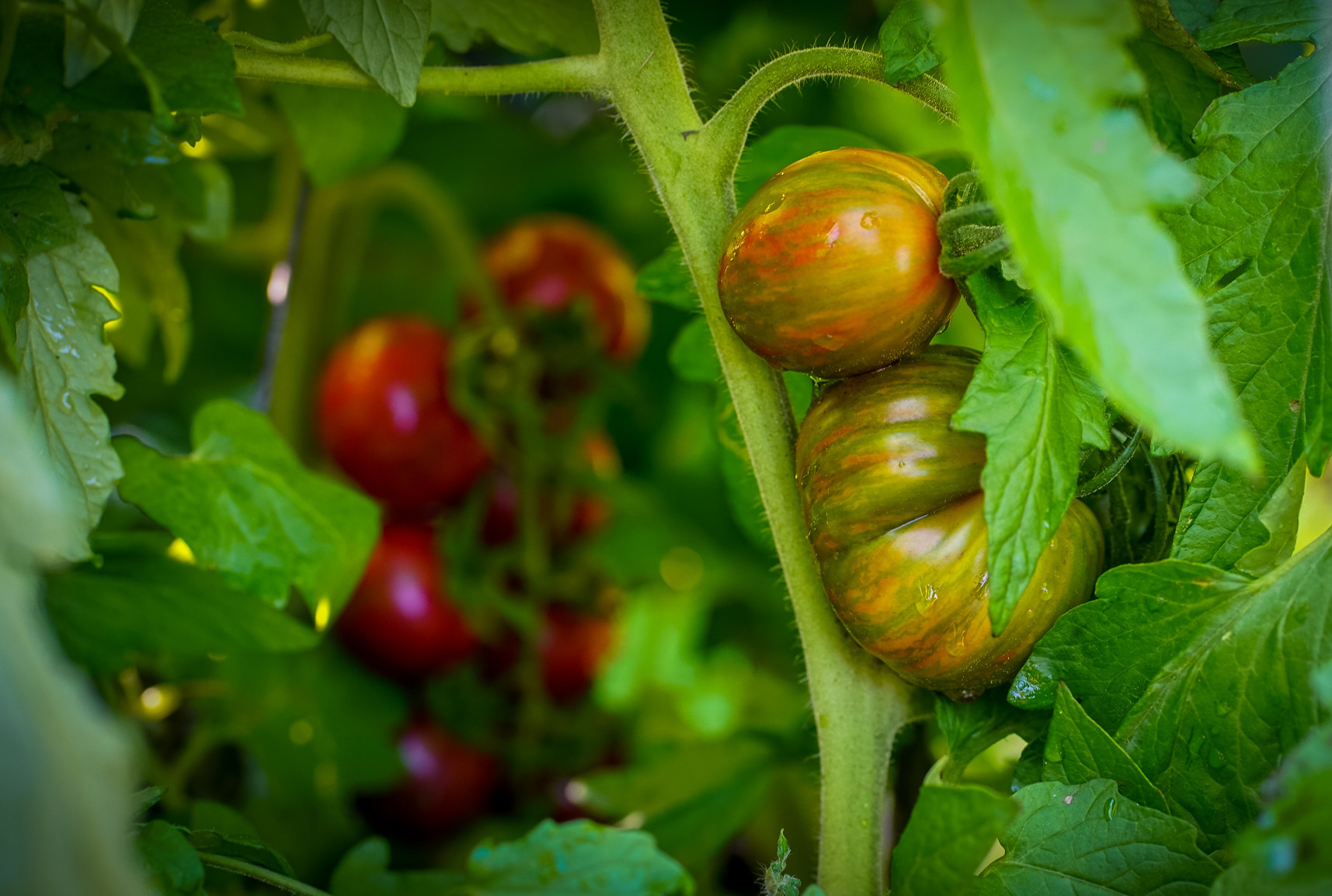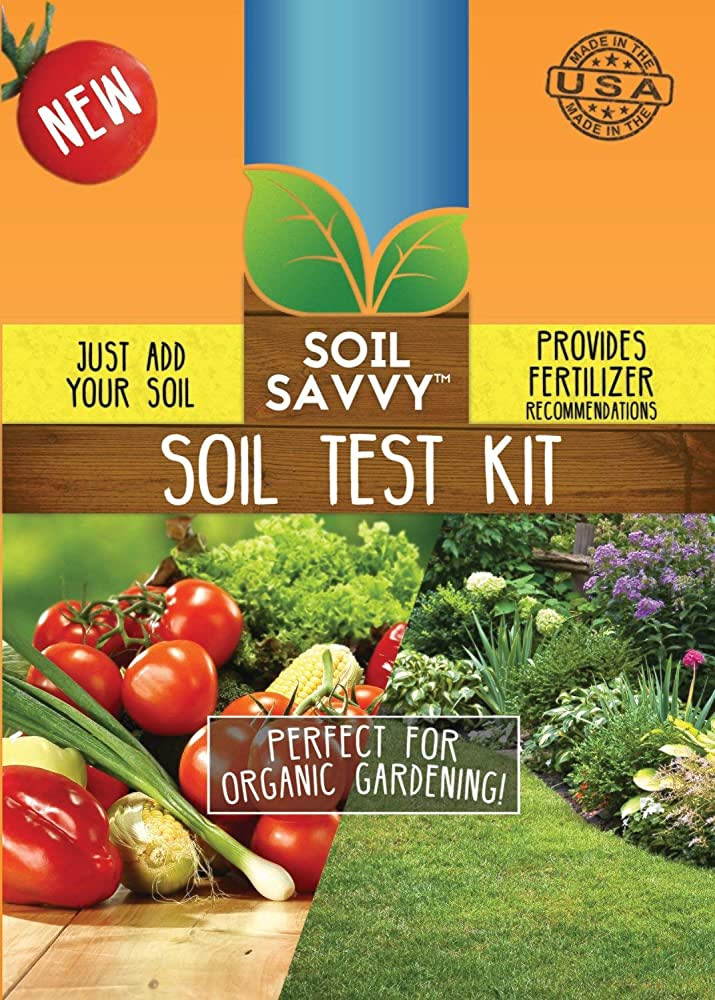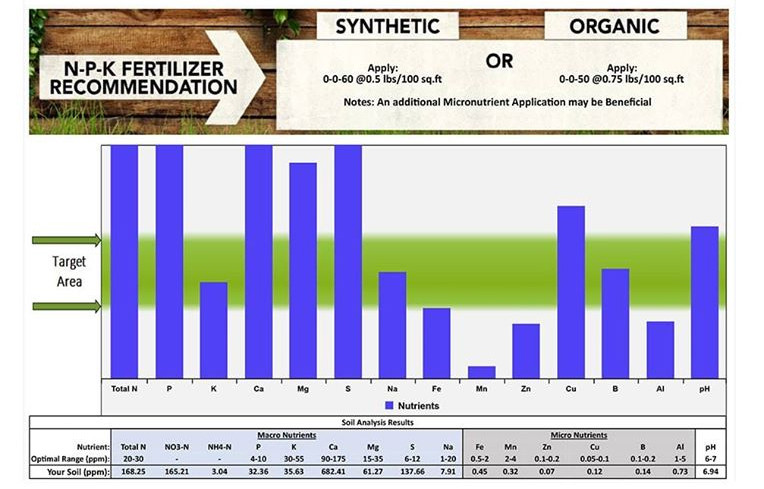Why You Shouldn't Use Epsom Salt In Your Garden
By Stack's Urban Harvest | Mar 13, 2023
The objective with a regenerative garden is to establish a vibrant ecosystem that supports not just your plants but also the soil microorganisms, beneficial insects, and other wildlife that live there. To do this, you must start with healthy soil that is abundant in organic matter, teeming with life, and able to hold onto moisture and nutrients.
The use of Epsom salt is one typical gardening technique that might upset this delicate balance. All the while Epsom salt is frequently promoted as a simple and natural method for improving plant health, it can really have negative effects on the ecosystem of your garden.
First, Epsom salt can create an imbalance in soils that already have an excess of magnesium, which will impede plant growth and nutrient uptake. Problems including blossom end rot, bronzing, and other nutrient deficiencies can result from this. According to the University of Minnesota Extension, “Adding Epsom salts to soil that already has sufficient magnesium can actually harm your soil and plants, such as by inhibiting calcium uptake.”
Besides this, a soil that is high in magnesium may result in a pH that is too high, which can further restrict nutrient absorption. Iron, zinc, and phosphorus are among the nutrients that are less readily available to plants when the pH of the soil is too high. Furthermore, this may result in nutritional deficits and have a detrimental effect on plant growth.
While applying Epsom salt may seem like a simple and natural way to improve your garden, it's important to consider the current nutrient level of your soil before doing so. Instead, focus on improving the overall health of your soil using organic matter and other natural methods.

Before I add amendments to my beds for the upcoming season, I test my soil with Soil Savvy. I use a test kit to collect soil samples, which I then send in a pre-paid envelope to their lab. A few days later, they email me a link with the results.
Because Soil Savvy examines nutrients that are available to the plants rather than just those that are in the soil, it differs from standard tests in this regard. This is crucial since some imbalances can stop plants from absorbing further nutrients.
For example, even though a standard test indicates that the presence of those nutrients are abundant, an excess of phosphorus can result in low levels of iron, zinc, and manganese. Similarly, the availability of nutrients might be impacted by a high pH balance.
I can determine my soil's imbalances with the aid of Soil Savvy, allowing me to know what to add and what to leave out. By not adding anything that would worsen the soil imbalance, I am able to save money. The nutrients my plants won't get from the soil can instead be provided by a foliar fertilizer.
This chart below is only part of the test results that will be emailed to you. It also includes a macro and micro nutrient guide and these key soil components roles in a plant's health.

DISCLAIMER: Please note that the link to Soil Savvy in this blog post is an affiliate link, which means I may earn a small commission if you make a purchase through it. This helps to support the mission of Stack's Urban Harvest and keeps the video and blog content coming. Thank you for your support!